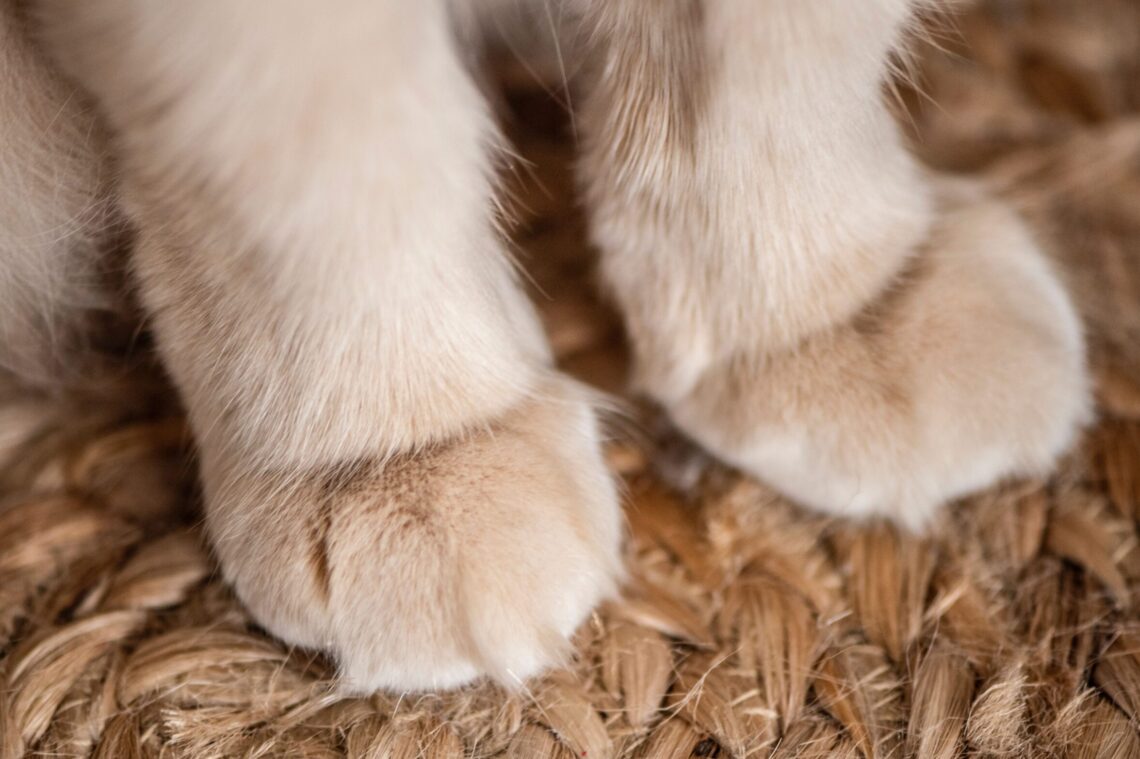Cat declawing is a controversial topic. It is a surgical procedure that involves removing a cat’s claws, which is painful and can have long-term effects on the animal’s wellbeing. It is a highly debated issue, and many countries have laws that govern the practice. In this article, we will investigate the laws surrounding cat declawing and explore the pros and cons of the procedure.
What is Cat Declawing?
Cat declawing, also known as “onychectomy”, is a surgical procedure in which the claws of a cat are removed. The procedure is usually done when cats are young and involves severing the bones in the toes and removing the claws. It is an invasive and painful procedure and can have long-term effects on a cat’s health.
Reasons for Declawing Cats
One of the most common reasons is to stop cats from scratching furniture or carpets. Other reasons for declawing cats include medical conditions (such as Paronychia and Neoplasia).
The Pros and Cons of Declawing Cats
Declawing cats has both pros and cons. One of the primary pros is that it can help reduce the amount of damage done to furniture and carpets. It can also prevent people from being scratched, and help a cat with a medical condition. On the other hand, declawing cats can cause long-term physical and psychological effects. It can also lead to behavioral problems, such as biting and aggression. Moreover, claws are a defense mechanism – removing them means that the cat cannot defend itself against, for example, other cats.
Current Laws Surrounding Cat Declawing
The laws surrounding cat declawing vary from country to country. In some countries, such as the United Kingdom and Australia, declawing cats is prohibited. In other countries, such as the United States and Canada, it is legal to declaw cats, but there are restrictions on the age of the cats and the type of procedure that can be used:
In the United States, it is considered a standard practice in the veterinary community, and it is estimated that up to 25% of cats are declawed. While some states have restrictions on the age and type of procedure used, declawing cats is generally allowed.
In Canada, declawing cats is also legal, though there are some restrictions. The Canadian Veterinary Medical Association (CVMA) has issued guidelines that state that declawing should only be done as a last resort and should be limited to cats that are at least 18 months old.
Countries that Ban Cat Declawing
The United Kingdom, Ireland, Australia, and New Zealand have all banned the practice of cat declawing. In the UK, the ban was put in place in 2006, and in Ireland, it was implemented in 2009. Australia and New Zealand have also banned the practice, citing animal welfare concerns.
Alternatives to Declawing Cats
If you are looking for alternatives to declawing cats, there are a few options. One option is to use nail caps, which are small plastic caps that fit over the cat’s claws, preventing them from damaging furniture or carpets. You can also use scratching posts and other deterrents, such as double-sided tape or sprays, to discourage cats from scratching furniture.
Veterinary Perspectives on Declawing Cats
The veterinary community is divided on the issue of cat declawing. Some veterinarians believe that it is a necessary procedure in certain cases and that it can be done humanely. Others believe that it is an unnecessary and cruel procedure and should be banned.
Public Opinion on Declawing Cats
Public opinion on declawing cats is also divided. Many animal welfare organizations, such as the Humane Society of the United States, are opposed to the practice and believe that it is cruel and unnecessary. On the other hand, some cat owners believe that it is necessary to protect their furniture and carpets from damage.
What do you think? Please register to leave a reply below and to post in the Forums.






One Reply to “Is Declawing Cats illegal ?”